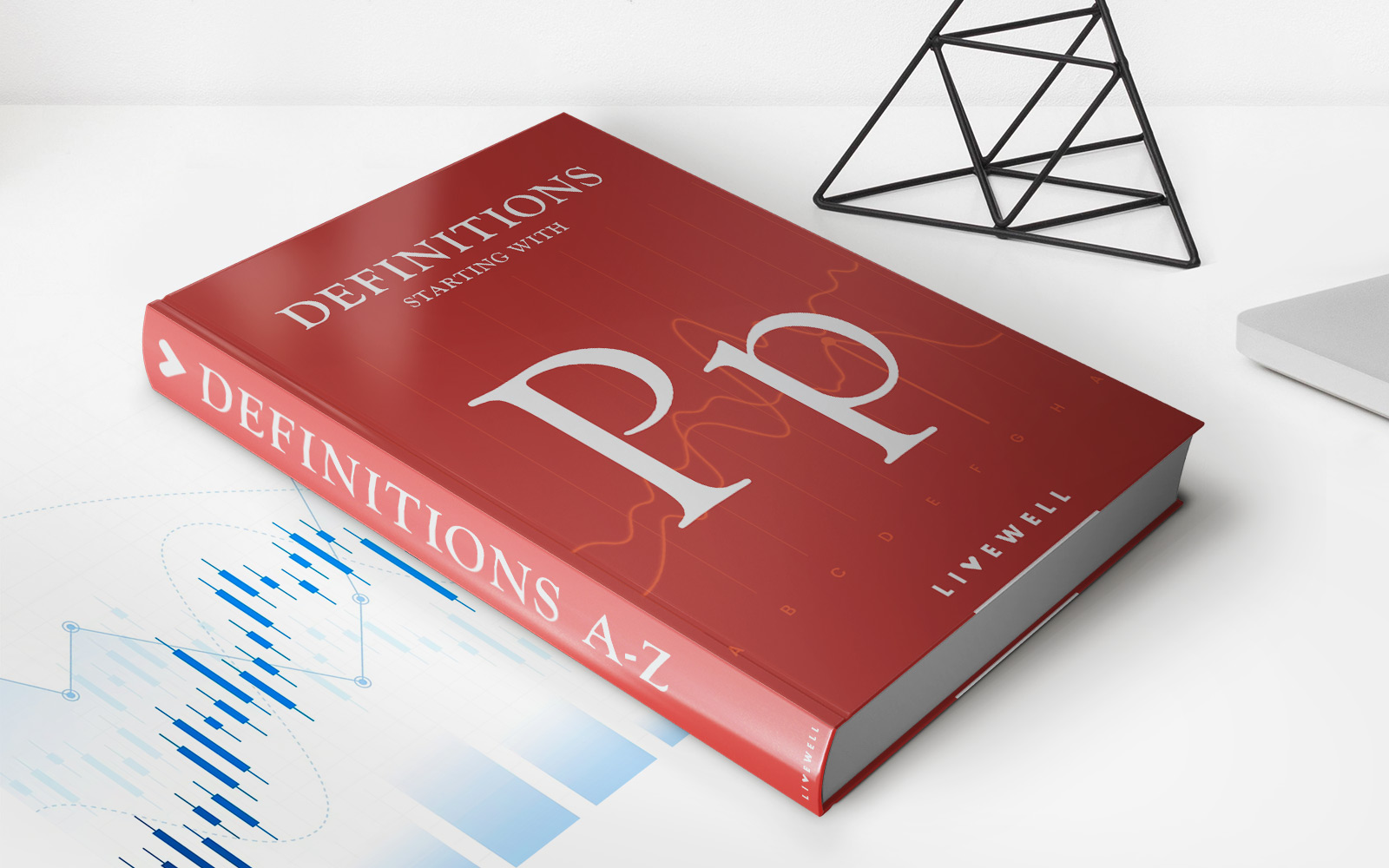Home>Finance>Break-Even Analysis: Definition And How To Calculate And Use It


Finance
Break-Even Analysis: Definition And How To Calculate And Use It
Published: October 19, 2023
Learn the definition of break-even analysis in finance and discover how to calculate and effectively utilize it to make informed business decisions.
(Many of the links in this article redirect to a specific reviewed product. Your purchase of these products through affiliate links helps to generate commission for LiveWell, at no extra cost. Learn more)
Break-Even Analysis: Definition and How to Calculate and Use It
Finance can sometimes be a complex and overwhelming subject, especially when it comes to understanding the financial health of your business. One important tool that can help you gain valuable insights into your company’s profitability is break-even analysis. In this blog post, we will explore the definition of break-even analysis, how to calculate it, and how you can use it to make informed business decisions.
Key Takeaways:
- Break-even analysis is a financial tool that helps determine the point at which a business neither makes a profit nor incurs a loss.
- Calculating the break-even point involves identifying fixed costs, variable costs, and the selling price per unit.
What is Break-Even Analysis and Why is it Important?
Break-even analysis is a financial concept that allows businesses to determine the point at which their total revenue equals their total costs, resulting in neither profit nor loss. This is also referred to as the break-even point. It acts as a crucial benchmark for businesses, providing insights into the minimum level of sales they need to achieve in order to cover all their costs and ultimately start generating profits.
Calculating the break-even point involves considering three key components: fixed costs, variable costs, and the selling price per unit. Fixed costs are expenses that do not change regardless of the level of production or sales, such as rent or salaries. Variable costs, on the other hand, fluctuate with production or sales volume, like raw materials or labor. The selling price per unit represents the revenue generated from selling one unit of a product or service.
How to Calculate Break-Even Point
Now that we understand the basics, let’s dive into the calculation of the break-even point. The formula for calculating the break-even point is:
Break-Even Point = Fixed Costs / (Selling Price per Unit − Variable Costs per Unit)
In simple terms, the break-even point represents the number of units a business needs to sell in order to recover all its costs. By using this formula, you can gain a clear understanding of your business’s financial situation and set achievable sales targets to ensure profitability.
It’s important to note that break-even analysis is not a one-time exercise. As your business evolves, costs and revenue patterns may change, requiring you to recalculate the break-even point periodically. Stay vigilant and adapt your strategies accordingly to ensure long-term success.
How to Use Break-Even Analysis in Decision-Making
The break-even point is a powerful tool that can help you make informed business decisions by providing insights into your company’s financial viability. Here are a few ways you can use break-even analysis:
- Determining Pricing Strategy: Break-even analysis allows you to assess the impact of different pricing strategies on your profitability. By understanding your cost structure and break-even point, you can set competitive prices that cover expenses and generate profits.
- Evaluating Cost Control Measures: Break-even analysis enables you to identify areas where you can reduce costs and improve efficiency. By assessing your cost structure and making adjustments, you can lower the break-even point and increase profitability.
- Assessing New Product Viability: When introducing a new product or service, break-even analysis can help you evaluate its potential profitability. By estimating the break-even point for the new offering and comparing it to your sales projections, you can make informed decisions about its feasibility.
In conclusion, break-even analysis is a powerful financial tool that can provide profound insights into your business’s financial health. By calculating and regularly monitoring your break-even point, you can make informed decisions about pricing, cost control measures, and new product offerings. Embrace break-even analysis as a strategic tool, and pave your way towards sustainable profitability!














